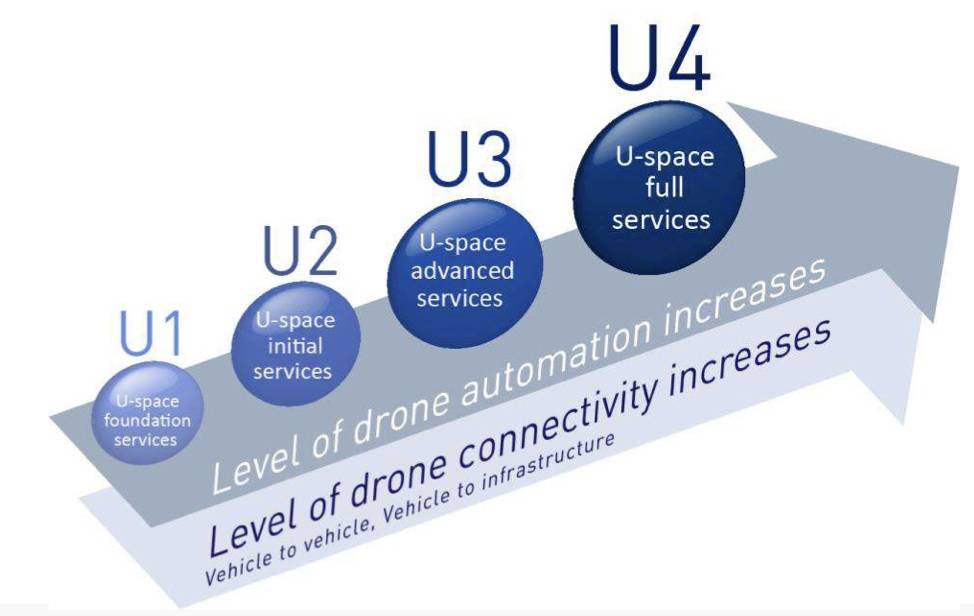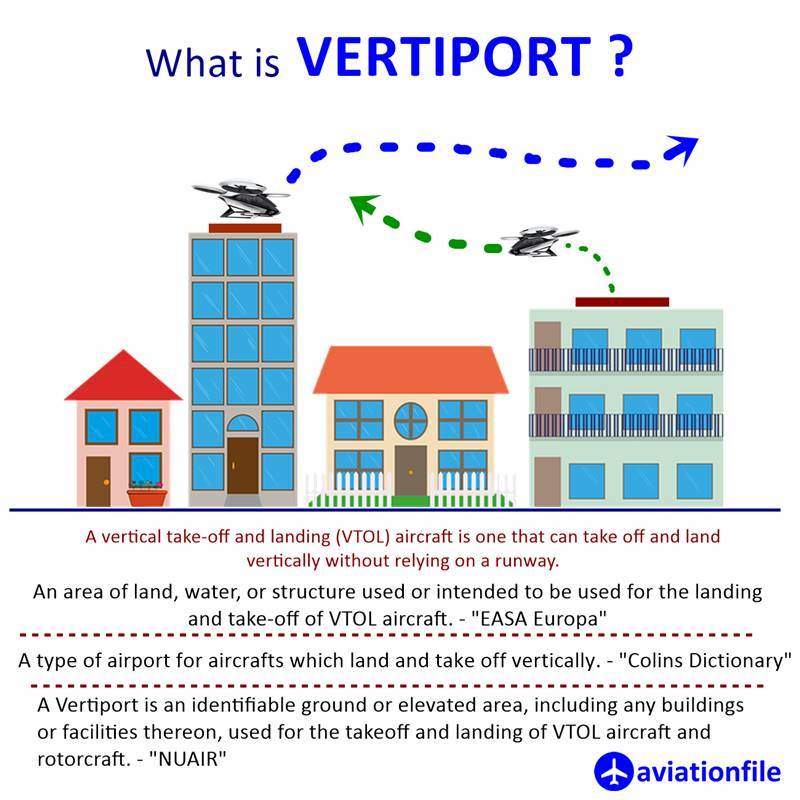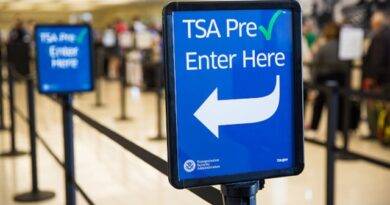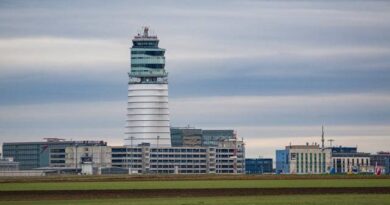Drone Integration with Air Traffic: Challenges and Solutions
The integration of drone operations into conventional air traffic systems is a rapidly evolving field, necessitating robust frameworks to ensure safety and efficiency. Both Europe and the United States have initiated comprehensive systems to manage this integration:
Europe’s U-Space Initiative
The European Union has developed U-Space, a set of services designed to provide safe and efficient access to airspace for a large number of drones. This system relies on high levels of digitalization and automation, enabling complex drone operations in challenging environments, such as urban areas and near airports. The adoption of the U-Space regulatory package has accelerated the implementation of drone ecosystems across Europe, with organizations like EUROCONTROL playing a pivotal role in supporting member states and industry stakeholders in this endeavor.
U.S. Unmanned Aircraft System Traffic Management (UTM)
In the United States, the Federal Aviation Administration (FAA), in collaboration with NASA and industry partners, is developing the Unmanned Aircraft System Traffic Management (UTM) system. UTM is envisioned as a traffic management ecosystem that operates separately but complements the FAA’s Air Traffic Management system. It aims to enable multiple Beyond Visual Line of Sight (BVLOS) drone operations at low altitudes (under 400 feet above ground level) where traditional air traffic services are not provided. The system facilitates cooperative interaction between drone operators, service providers, and the FAA to determine and communicate real-time airspace status.

Challenges in Integration
Integrating drones into existing air traffic management systems presents several challenges:
- Airspace Congestion: The increasing number of drones, especially in urban areas, adds complexity to airspace management, necessitating advanced systems to prevent congestion and ensure safety.
- Regulatory Compliance: Developing and enforcing regulations that accommodate both manned and unmanned aircraft operations is complex, requiring continuous updates to address technological advancements and emerging use cases.
- Technological Integration: Ensuring that drones can communicate effectively with existing air traffic control systems involves significant technological development and standardization efforts.

Urban Air Mobility (UAM) and Future Developments
The concept of Urban Air Mobility (UAM) involves the use of airspace for transporting goods and passengers within urban areas, often utilizing electric Vertical Take-Off and Landing (eVTOL) vehicles. Companies like Eve Air Mobility are advancing in this field, planning to launch eVTOL flying taxis capable of reaching speeds of 115 mph by 2026. These developments require the establishment of new infrastructure, such as vertiports, and the integration of UAM operations into existing air traffic management systems.
Conclusion
The integration of drone operations with conventional air traffic is a multifaceted challenge involving regulatory, technological, and infrastructural components. Initiatives like Europe’s U-Space and the U.S.’s UTM are critical in facilitating this integration, promoting the safe and efficient use of airspace by both manned and unmanned aircraft. As technology advances and urban air mobility becomes more prevalent, continuous collaboration among regulatory bodies, industry stakeholders, and technological developers will be essential to address emerging challenges and ensure the safety and efficiency of airspace operations.
Resources:
https://www.faa.gov/uas/resources/by_the_numbers/
https://www.sesarju.eu/U-space
https://www.faa.gov/uas/research_development/traffic_management
https://www.sesarju.eu/news/corus-xuam-partners-completedeconfliction-flight-tests-france
https://www.easa.europa.eu/en/downloads/124037/en
https://www.easa.europa.eu/en/downloads/137156/en
https://www.eurocontrol.int/sites/default/files/2020-11/tim-2020-day-1-corus-hately.pdf


